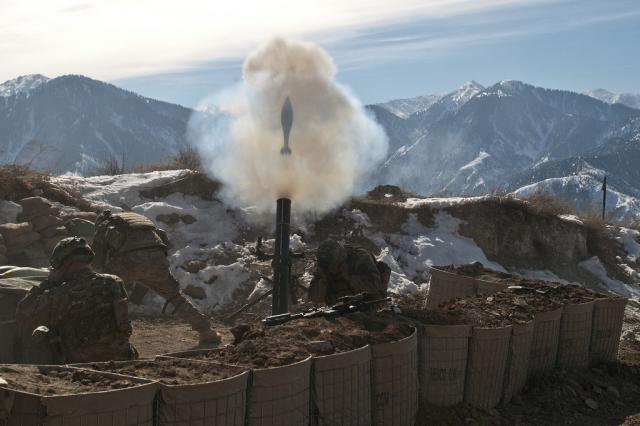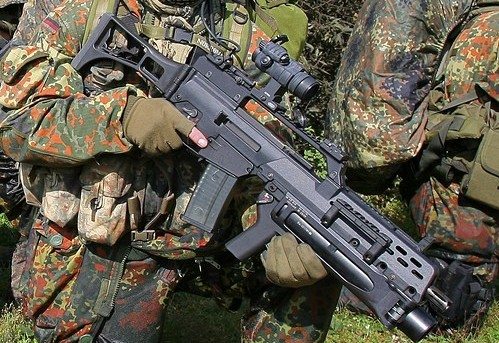Insurgents will face a more difficult spring than in previous years as Afghan and coalition forces consolidate and expand on last year’s gains.
Much progress has been made by Afghan and coalition forces in securing Afghanistan over the last several months, including dramatic changes in Helmand and Kandahar provinces, said Rear Adm. Greg Smith, communications director for the International Security Assistance Force.
“Sixty to 80 percent of the improvised explosive devices they place are found before they explode,” said Smith. “Between 100 to 130 weapons caches are found every week in southern Afghanistan.”
Security gains in the south are leading Afghan civilians to return to areas once controlled by the Taliban, said Smith.
On Jan. 23, residents of Arghandab district, Kandahar province, returned to their homes after Afghan and coalition forces cleared the Taliban out of the area.
“Helping the residents back into the village is a huge victory,” Capt. Walter Tompkins, commander, Company B, 1st Battalion, 66th Armored Regiment, was quoted as saying in a Jan. 29 news release from the ISAF Joint Command. Tompkins was among those assisting Afghans in their return to Arghandab.
“Not only does it show huge gains in perception of security, but also presents a great opportunity to truly partner with the residents of the village,” Tompkins said.
The partnership between ISAF and Afghan forces is one of many concerns the insurgents have as they continue to fight through the winter and into spring, according to Smith.
Various intelligence sources and detained fighters indicate that the insurgency is feeling the pressure of the renewed southern offensive. Their finances are dwindling and munitions are becoming hard to acquire.
Insurgent groups are also worried about the growth of Afghan forces and the development of Afghan local police. They have also lost access to areas they once occupied and are concerned they will not regain those areas in the spring, said Smith.
“The fighting season in 2011 will not be like any previous fighting season for the insurgent group,” said Smith. “The insurgents will be facing 100,000 more Afghan and coalition security forces than they did the year before.”
Afghan police will man more than 30 southern districts this spring, whereas there were no police in the same districts last spring. Some areas that were once insurgent strongholds are no longer welcoming the Taliban.
These successes, while promising, do not suggest the war is won or victory is near, cautioned Smith. Afghan and coalition forces still need to secure some substantial parts of the country’s south.
“Northern Helmand province continues to be the most dangerous area in Afghanistan,” said Smith.











